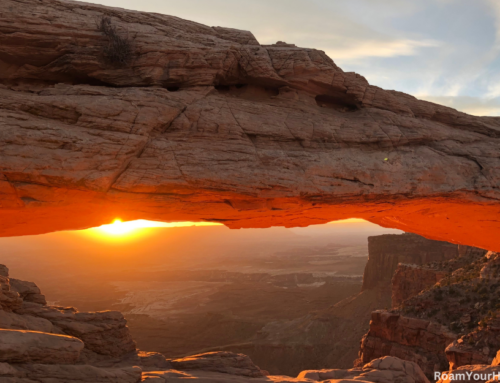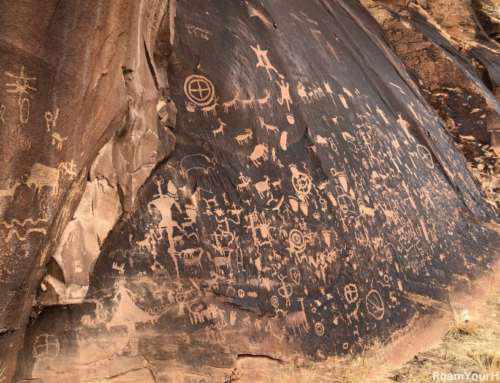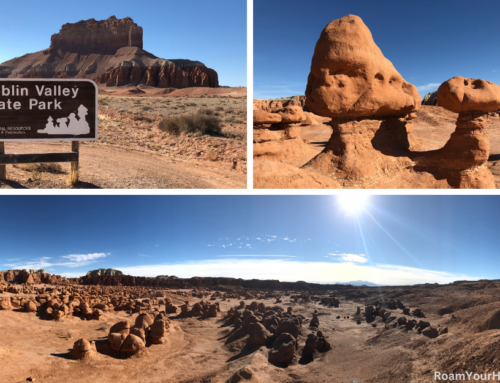
Golden Spike National Historic Site: A Journey Through Railroading History
Golden Spike National Historic Park commemorates one of the most transformative moments in American history: the completion of the first transcontinental railroad. Located in rural northern Utah, it preserves the site where the Union Pacific and Central Pacific railroads joined their tracks on May 10, 1869, uniting the country from coast to coast by rail.
A Symbol of American Ingenuity and Unity
The driving of the golden spike at Promontory Summit marked more than just the completion of a massive engineering feat and the realization of a national dream. For the first time in history, people and goods could travel from New York to San Francisco in under a week. A technological achievement that would transform commerce, migration, and communications across the United States.
Today, you can stand at the very point where the ceremony occurred, where replica steam locomotives—the Jupiter and No. 119—recreate the dramatic moment when the East met the West. The locomotives are fully operational and brought to life during seasonal reenactments and demonstrations.
We visited during the heat of the afternoon in early summer. The drive from Salt Lake City took an hour and a half, and the parking lot was about halfway full when we arrived.

What to See and Do at Golden Spike National Historic Park
The first thing we did was head to the Visitor Center and check out the exhibits. The visitor center offers an array of excellent displays, historical artifacts, and a short film that outlines the construction of the railroad and its impact on the nation. I highly recommend stoping here for context before heading to the tracks.
Next, we stepped outside and walked over to Promontory Summit, where the golden spike was hammered, joining the Union Pacific and Central Pacific Rails. While we were reading interpretive panels, a piercing train whistle rang out.
From May through mid-October, park rangers and volunteers stage daily demonstrations with the replica steam engines, complete with whistle-blowing, which we had just heard, and storytelling. We enjoyed the demonstration quite a bit.
Auto Touring
After the demonstrations, it was starting to warm up, so we took a drive along the two different auto-touring options. The East Auto Tour and West Auto Tour routes follow the original railroad grade and offer panoramic views and interpretive signs. The roads are not suitable for low cars and or RVs.
Hiking
For those wanting to stretch their legs, the Big Fill Loop Trail offers stunning views of the Promontory Mountains, the Great Salt Lake, and the Wasatch Front. It’s a historic trail about a mile and a half long and gives you a sense of what it was like to work on the railroad. You can still see drill marks where workers used hand tools to drill holes into solid rock, shove dynamite, blast it away, and make way for the railroad bed.
Visiting the Golden Spike National Historic Site is a great idea for history buffs, train enthusiasts, or curious travelers like us. It is a place where the spirit of the nation is preserved.
Tips for Visiting Golden Spike National Historic Park
- Seasonal Access: The site is open year-round, but locomotive demonstrations are seasonal. Visit between May and October for the full experience.
- Bring Water and Snacks: Services are limited, and the site is remote—prepare accordingly.
- Watch for Wildlife: The park is also home to desert wildlife and beautiful vistas, particularly in spring and early fall.





